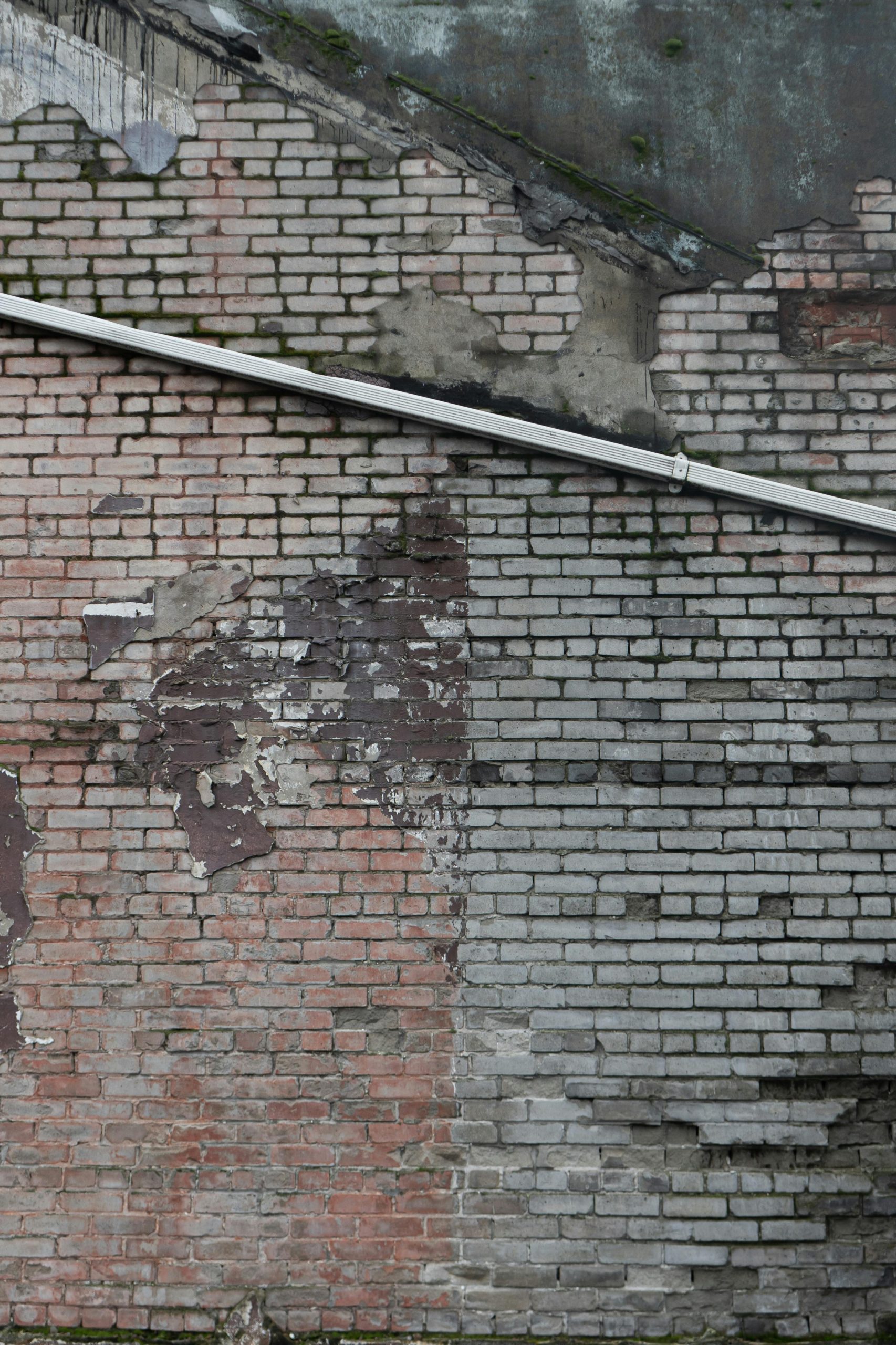Questions About My Insurance Claim
I recently experienced a pipe burst in my condo in Washington and submitted a claim to my insurance company. They informed me that the maximum payout would be $8,800, and I’m confused about how they arrived at this amount. Checking my policy, I see these coverage limits:
- $32,000 personal property
- $88,000 dwelling
- $12,800 loss of use
- $1,000 loss of assessment
- $300,000 personal liability
- $1,000 medical payments
Are they trying to get me to accept a lower payout? I couldn’t find anything in my policy that specifies a cap for water damage from freezing.
Additionally, my adjuster mentioned that they will send the payment to my mortgage company rather than directly to me or the contractor handling the repairs. However, I paid the insurance premium in full directly to the insurer at the start of my coverage. Is this standard practice? Is there any way for them to issue the payment directly to me or my contractor?




It sounds like you’re navigating a challenging situation with your insurance claim. Here are a few points to consider regarding your concerns:
Understanding Your Coverage: The maximum payout that your insurance company is offering may be based on specific policy limitations related to water damage, although you mentioned not seeing any specific language regarding that. It’s important to review the policy carefully, particularly sections that may outline coverage limits for specific types of claims, such as water damage or damage from a burst pipe. Additionally, there could be deductibles that affect the final payout amount.
Adjustments and Negotiation: If the $8.8k payout seems lower than what you expect based on your policy coverage, you certainly have the right to ask for clarification from your adjuster. It can be helpful to request a detailed breakdown of how they determined that amount and whether there are any specific exclusions in your policy that could apply.
Payment to Mortgage Company: It’s not uncommon for mortgage companies to be listed as payees on insurance claims, especially for damage that affects the dwelling. This is often standard practice to ensure that any repairs are made correctly and that the lender’s interest is protected. However, if you’re the one who paid the insurance premium and can provide documentation, you can discuss this further with your adjuster. You may be able to negotiate for direct payment to you or the contractor, especially if you’ve secured necessary repairs or can demonstrate that the work is essential and will be done properly.
Follow-Up and Documentation: Ensure that you document all communications with your insurance company and adjuster. Sending a formal written request for explanation and evidence of your coverage can also be beneficial. If you aren’t satisfied with the responses, consider reaching out to a claims advocate or an attorney who specializes in insurance claims for further insight and assistance.
Appeal Process: If things remain unresolved, check whether your insurance policy has an appeal process for denied or reduced claims, which might offer you another avenue to seek the coverage you believe you are entitled to.
It’s best to stay proactive in communicating with your insurance adjuster and ensure you gather as much information as possible to support your case. Good luck!